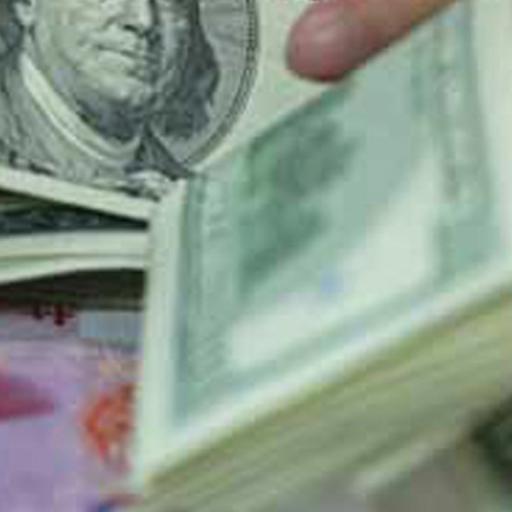Profit–sharing schemes, with one form or another, are in wide use in the real business world. A survey of the largest 1,250 global corporations found that 33% of them offer some sort of a profit-sharing scheme to all employees, while an extra 11% had plans to introduce one (Weeden et al., 1998). Muller (2017) and Lorenzetti (2016) report a few cases of large enterprises offering profit-sharing schemes in the USA in 2015: Ford Motors paid an annual profit share $9,300 in cash per worker to 56,000 unionized workers, General Motors paid $11,000 per worker and Fiat Chrysler Automobiles paid $5,000 per worker to more than 40,000 unionized workers. Moreover, employees of Delta Airlines, Southwest and United Continental Airlines received $1.5 billion in profit shares the same year. In particular, for Delta Airlines, the profit shares accounted for 21% of the employee’s base salary, roughly $18,000 per employee. American Airlines, the only one of the top four carriers in the USA that didn’t offer a profit–sharing scheme, introduced a 5% profit– share ratio to all employees in March 2016 (Carey, 2016). Kato and Morishima (2003) reports that one out of four publicly traded firms in Japan uses a profit–sharing scheme, nearly all profit shares paid annually in cash. Huawei, the largest telecommunications equipment manufacturer in the world, has an extensive profit–sharing scheme: its founder Zheng Fei holds 1.4% of its stocks, while the rest are equally owned by more than 82,000 employees worldwide (De Cremer and Tao, 2015). Blasi et al. (2016) state that group incentive methods of compensation, such as profit–sharing, along with positive internal company policies and culture can help the most profitable firms do even better.
As profit–sharing schemes are widespread and are observed in most of the economies, it is natural to ask why firms offer such remuneration schemes and how the different unionization structures and unionization levels affect their decisions. Further, how the mode and the intensity of competition affect the firms’ incentives to offer profit-sharing schemes? Finally, are such remuneration schemes socially desirable?
To address these questions, we consider a differentiated good unionized duopoly, in which firms hire labor exclusively from a worker’s union (either firm–specific or sector– wide) and compete in quantities (or prices) in the product market. In stage 0, workers choose whether to form a sector–wide union and coordinate their bargaining efforts (co- ordinated bargaining, C), or to form two firm-specific unions, each bargaining with its own firm (decentralized bargaining, D). In stage 1, firms decide whether to offer a fixed wage or a fixed wage plus a profit share. In stage 2, under decentralized bargaining, each firm-specific union and its firm negotiate over the terms of the selected remuneration scheme; while under coordinated bargaining, each firm negotiates with a representative of the sector-wide union over those terms. In the last stage, firms choose their employment levels4 and set their quantities (or prices) in the product market.







